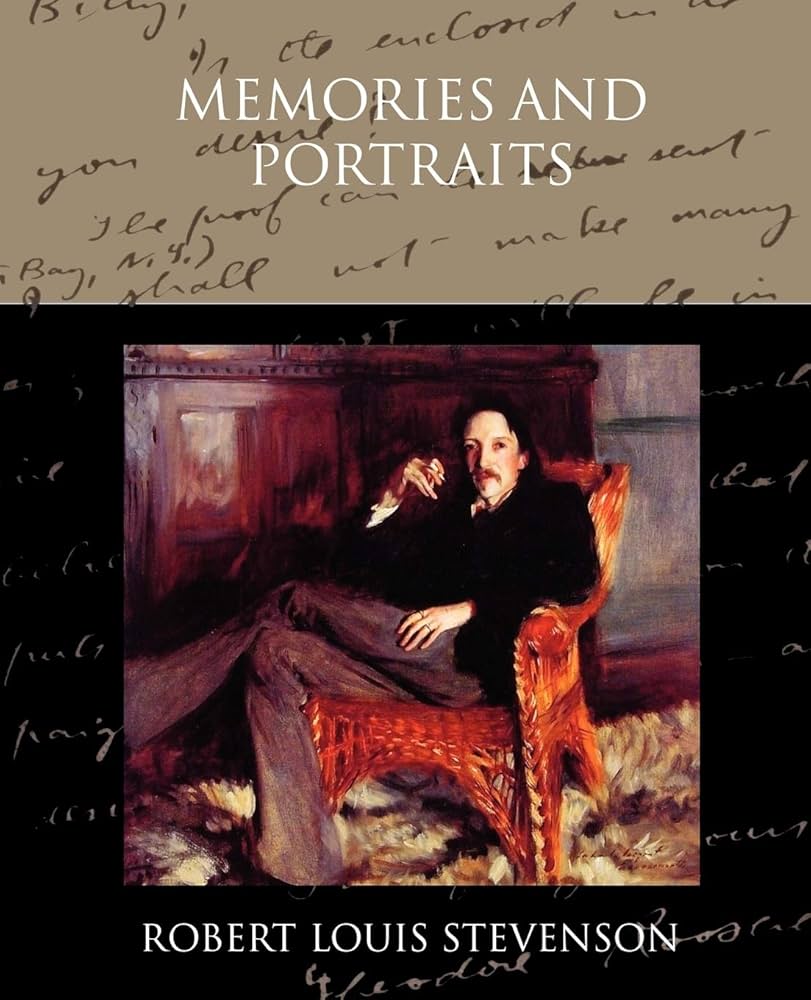Chapter IX — Thomas Stevenson — Civil Engineer
byChapter IX reflects on a life devoted to science and service, tracing the profound yet quiet legacy of Thomas Stevenson, a man whose innovations often lit paths for others more than himself. Though rarely celebrated in the public eye, his name is embedded in engineering history, not just as a builder of lighthouses, but as a visionary who saw safety as a gift worth giving without seeking glory in return. His aversion to self-promotion didn’t diminish his impact; it highlighted a rare commitment to public good, one measured not by recognition but by how many ships reached shore because of his work. The sea, unpredictable and unforgiving, found a patient and persistent friend in Thomas Stevenson, whose inventions made its vastness slightly more navigable. His contributions were not merely mechanical; they were deeply human, ensuring others reached home safely, often without ever knowing his name.
Raised in an environment where engineering was more than a profession—it was practically a family language—he absorbed technical knowledge alongside moral responsibility. He worked tirelessly, often side by side with his brothers, to erect lighthouses that still stand today as quiet symbols of foresight and duty. Though his background lacked the formal mathematics many peers wielded, he compensated through observation, experimentation, and partnerships with those who could complement his intuitive understanding. His mind, attuned to the natural world, allowed him to see possibilities others might miss. Collaborating across disciplines, he explored wave behavior, weather patterns, and light itself, crafting a legacy that bridged utility with wonder. He sought not patents but practical progress, a philosophy rooted in the belief that knowledge must serve the many, not enrich the few.
Within the structure of his life was an emotional tension, a tug between the heavy weight of introspection and the forward pull of responsibility. Despite moments of inner sorrow, he found comfort in the rigorous demands of science, and in the steady rhythm of waves, wind, and optics. His writings and reflections reveal a man of principle, deeply influenced by a moral compass tied to his faith and a vision of service that extended far beyond his family’s name. Stevenson wasn’t content to build for the sake of structure; he built for safety, for continuity, for strangers he’d never meet. His emotional intelligence enriched his work, allowing him to balance logic with empathy, crafting solutions that were as humane as they were precise. His legacy lives not only in stone towers and mirrored lenses but in the quiet reassurance they continue to offer seafarers.
Outside his engineering practice, Thomas Stevenson embraced roles as a theologian, philosopher, and devoted community figure. He supported causes that reflected his deep convictions, extending his influence into social welfare and ecclesiastical service. The Church of Scotland, for example, became more than a place of worship; it was a field of action where his values took visible form. His understanding of responsibility went beyond technical obligation—it was moral, civic, and spiritual. Even when challenged by doubt or moments of despair, he anchored himself to these duties. Many who knew him recall not just the breadth of his knowledge, but the dignity with which he carried his responsibilities, as if each task were both a burden and a blessing.
Among his most enduring traits was a sort of chivalric seriousness, a sense that every action ought to uphold a certain ethical ideal. This was not rigidity but reverence, a kind of moral artistry that shaped his decisions and relationships alike. He remained loyal to traditions, not out of habit but because he found in them a steadying force amidst life’s uncertainties. That loyalty extended to family, profession, and belief, making him both dependable and deeply human. In his later years, when public recognition faded and physical strength waned, he remained a figure of quiet authority. His presence, thoughtful and calm, left an imprint that outlasted accolades or headlines.
Though often overshadowed by the literary fame of his son, Thomas Stevenson’s life offers a different kind of story—one built on endurance, modesty, and practical genius. He never demanded a spotlight, yet his work illuminated coastlines across the world. His success was measured not in awards, but in safety, in peace granted to the anxious sailor watching for light on a stormy night. To understand his legacy is to see how brilliance can thrive in silence, how devotion can shape the lives of thousands without ever demanding thanks. In the measured rhythm of waves and the steady beam from a distant lighthouse, his memory endures, steadfast and enduring like the structures he helped build.

